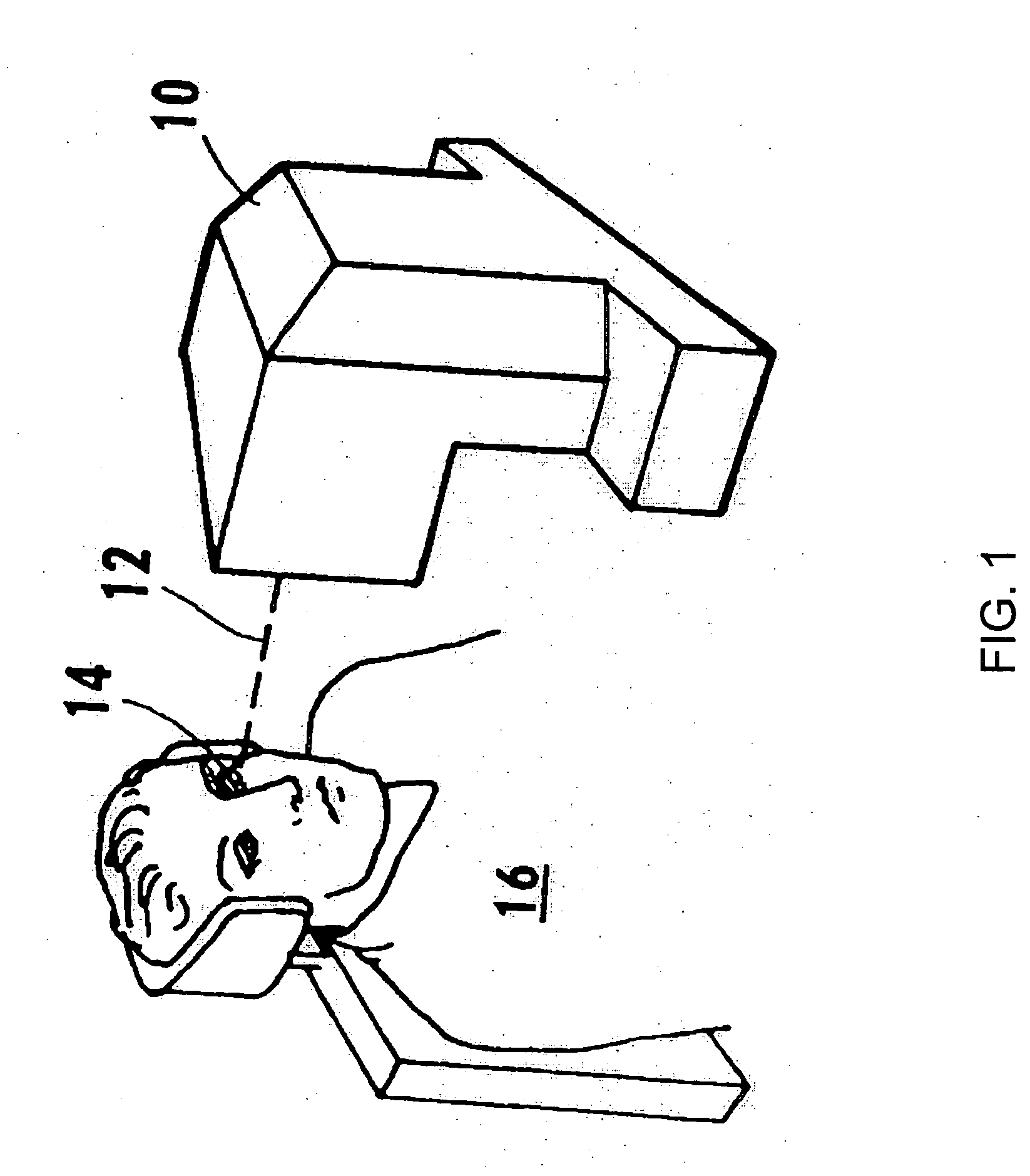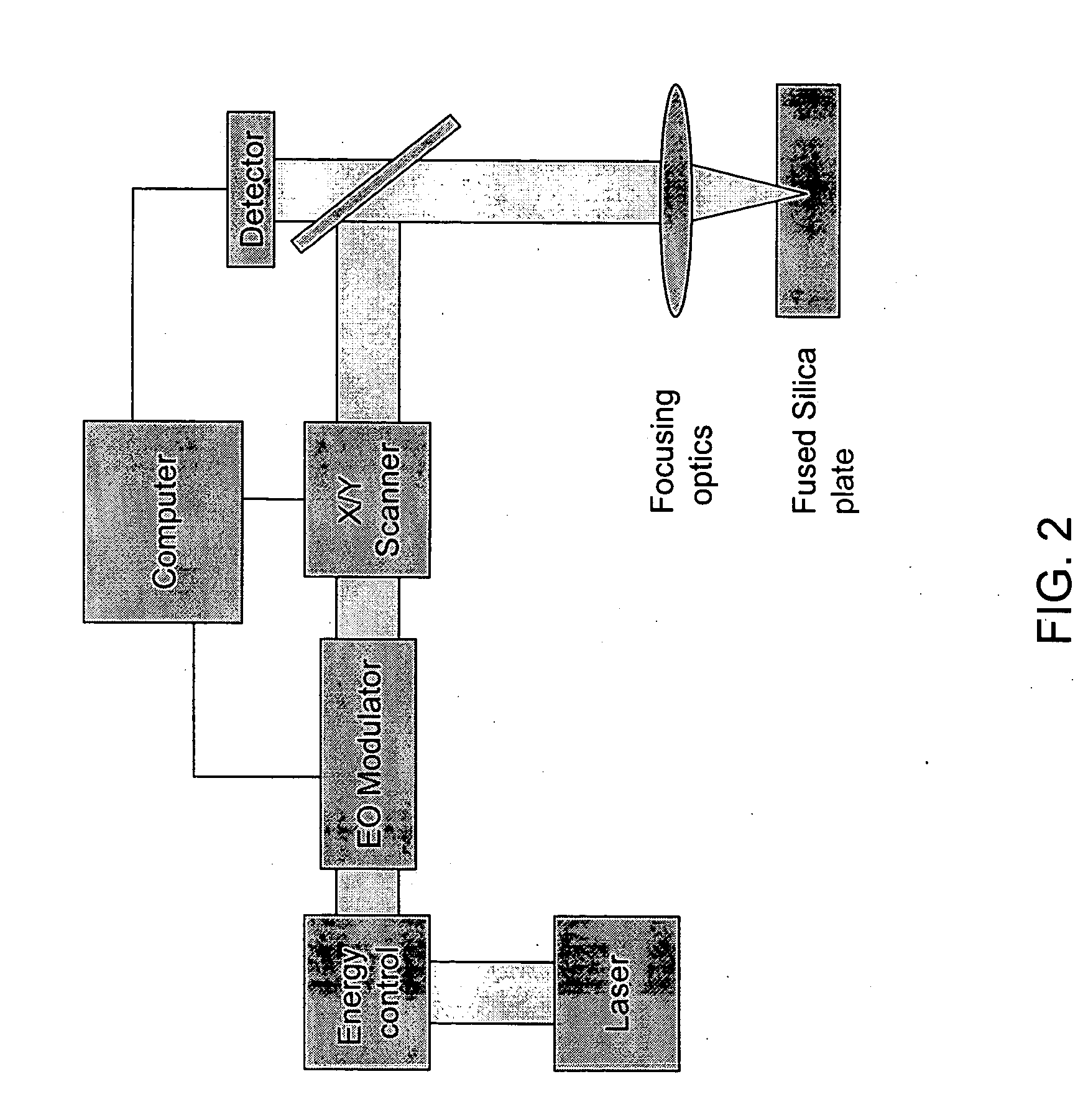Apparatus and method for correction of abberations in laser system optics
a laser system optics and abberation technology, applied in laser surgery, medical science, surgery, etc., can solve problems such as vision impairment, defective eye condition, and varying degrees of vision impairmen
- Summary
- Abstract
- Description
- Claims
- Application Information
AI Technical Summary
Benefits of technology
Problems solved by technology
Method used
Image
Examples
Embodiment Construction
[0026] Referring initially to FIG. 1, depicting a prior art image, an apparatus 10 for generating a laser beam 12 is shown. The laser beam 12 is directed onto an eye 14 of a patient 16. For purposes of the present invention, the apparatus 10 is capable of generating a pulsed laser beam 12 having physical characteristics similar to those of the laser beams generated by a laser system as disclosed and claimed in U.S. Pat. No. 4,764,930, which is exclusively licensed to the assignee of the present invention. Various laser sources may be used with the inventive system and method, including infrared, visible, and UV lasers. Further, laser sources to be used with the inventive system may be continuous wave, Q-switched pulse, and mode-locked ultrashort pulse lasers. Although the following is not an exhaustive list, lasers of the foregoing type may be used with the present invention.
[0027] In one embodiment, the present invention contemplates the use of a pulsed laser beam 12 which has pul...
PUM
 Login to View More
Login to View More Abstract
Description
Claims
Application Information
 Login to View More
Login to View More - R&D
- Intellectual Property
- Life Sciences
- Materials
- Tech Scout
- Unparalleled Data Quality
- Higher Quality Content
- 60% Fewer Hallucinations
Browse by: Latest US Patents, China's latest patents, Technical Efficacy Thesaurus, Application Domain, Technology Topic, Popular Technical Reports.
© 2025 PatSnap. All rights reserved.Legal|Privacy policy|Modern Slavery Act Transparency Statement|Sitemap|About US| Contact US: help@patsnap.com



